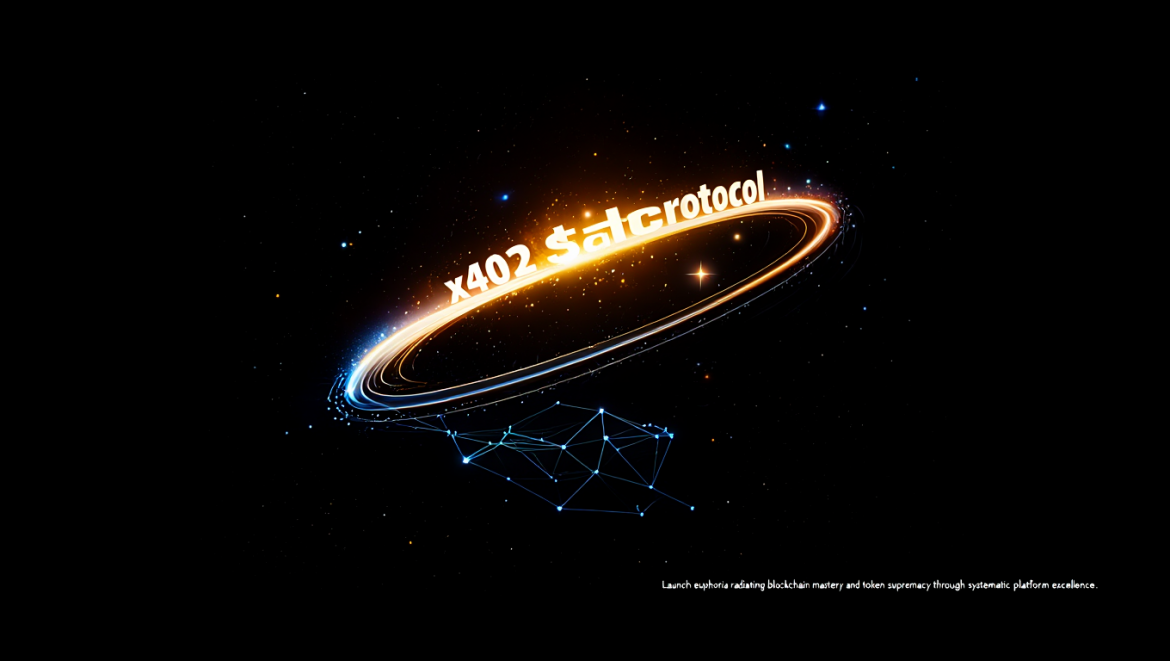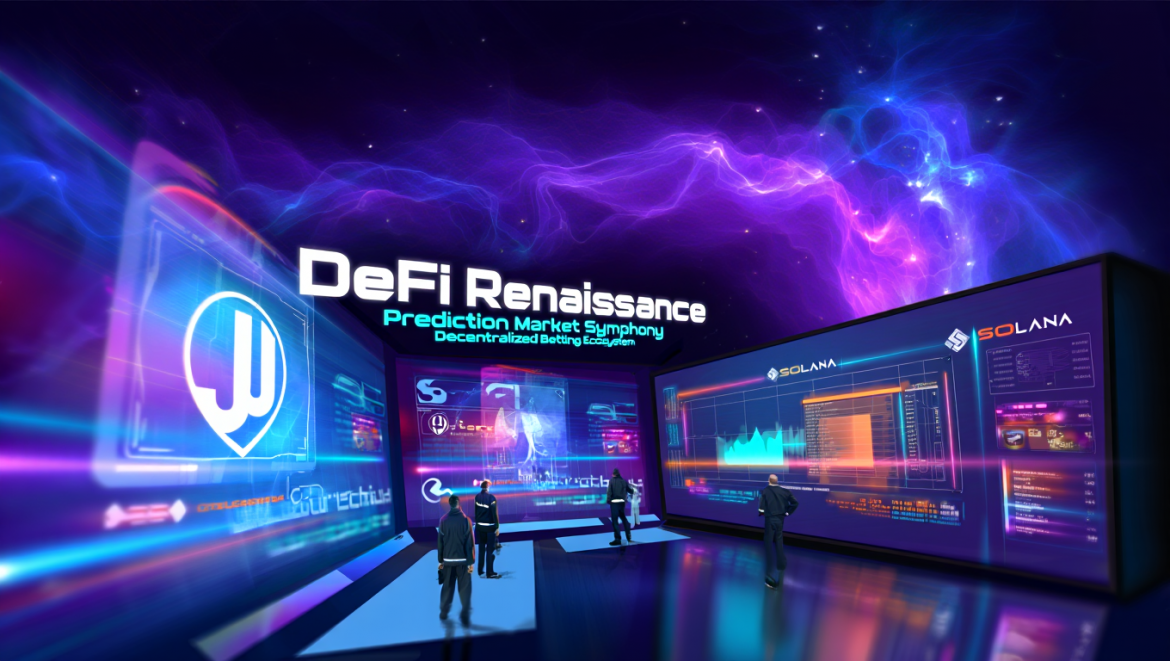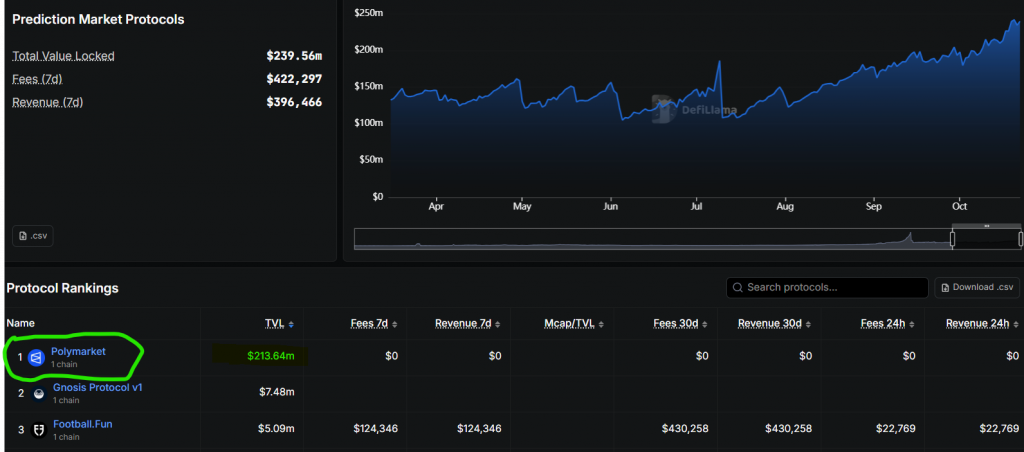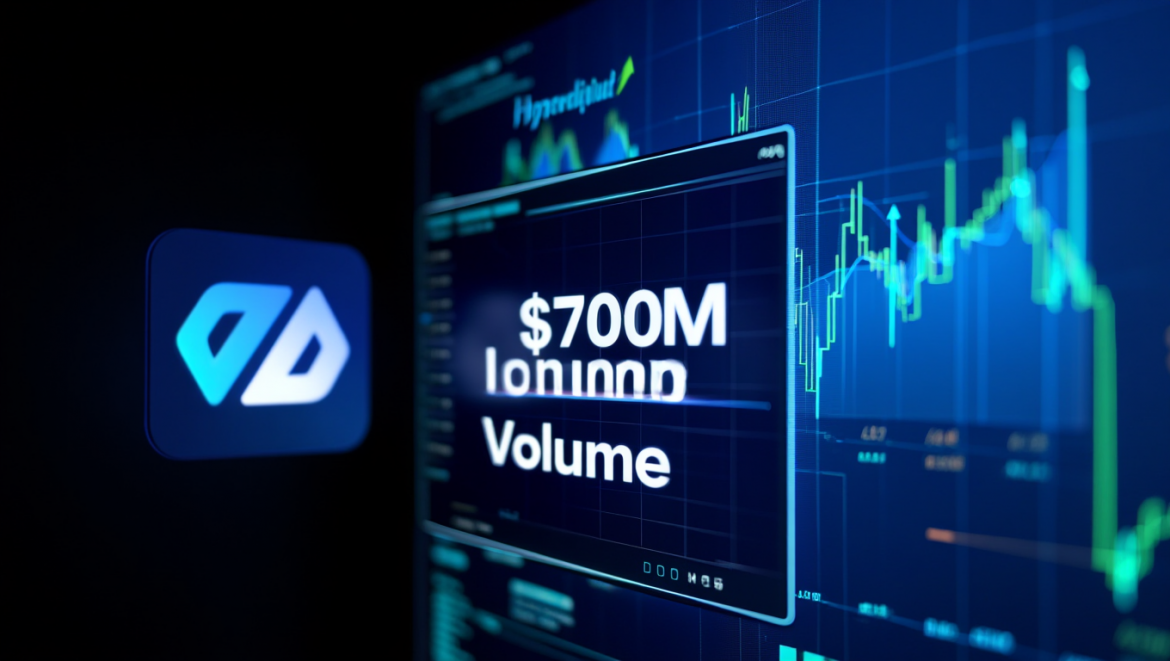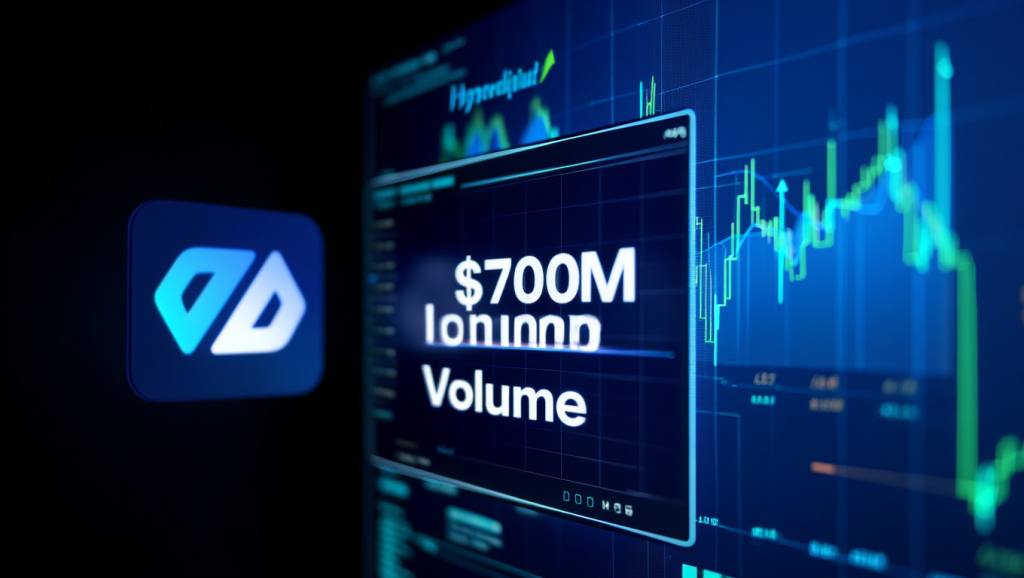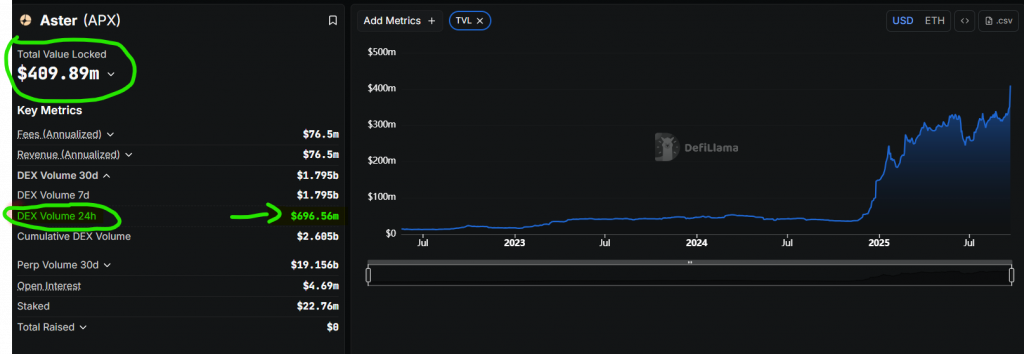A Major DeFi Wallet Evolution: MetaMask Morphs into a Prediction Market Hub
A significant DeFi wallet evolution is underway as MetaMask, the world’s most popular self-custodial wallet, integrates Polymarket’s prediction markets directly into its mobile app. This move transforms MetaMask from a simple asset holder into a real-time trading hub for world events, allowing users to bet on outcomes in politics, sports, and crypto without ever leaving the wallet interface.
From Wallet to All-in-One Trading Terminal
This integration, now live on MetaMask Mobile, marks a pivotal shift in utility. Users can fund their balance and place predictions on virtually any major event in seconds. The company argues that these markets, where beliefs are backed by real money, create a clearer and faster signal of public sentiment than traditional polls. This step is part of a clear trend: MetaMask has rapidly evolved this year, adding support for Solana, native Bitcoin, perpetual swaps, and now, on-chain forecasting.
Solving for Mobile Convenience and Real-Time Engagement
MetaMask’s product lead highlighted that trading prediction markets on mobile has been notoriously inconvenient, requiring users to switch between dApps. By embedding Polymarket directly into the wallet, the experience becomes seamless. Users can now trade during a live sports game, a political debate, or breaking news—capturing value from their convictions in real time. This positions MetaMask at the center of a growing trend where crypto interfaces are absorbing functionalities from entire financial ecosystems.
The Bigger Picture: Wallets as the New Frontier
This isn’t just a feature addition; it’s a strategic vision. MetaMask sees prediction markets as a “collective intelligence layer” that helps users understand world events. By integrating Hyperliquid for perps and now Polymarket for predictions, MetaMask is systematically becoming a comprehensive trading terminal within a self-custodial framework. This DeFi wallet evolution reflects the industry’s push towards simpler, all-in-one tools that meet mainstream expectations for engagement and utility.
My Thoughts
This is a genius move for user retention and engagement. MetaMask is leveraging its massive distribution to become the front-end for increasingly sophisticated on-chain activities. By reducing friction, it will likely drive significant new volume to prediction markets and educate a broader audience about their utility. For the sector, it signals that the winning wallets of the future won’t just hold assets—they will be gateways to every form of on-chain value creation, from swapping to speculating on world events.




